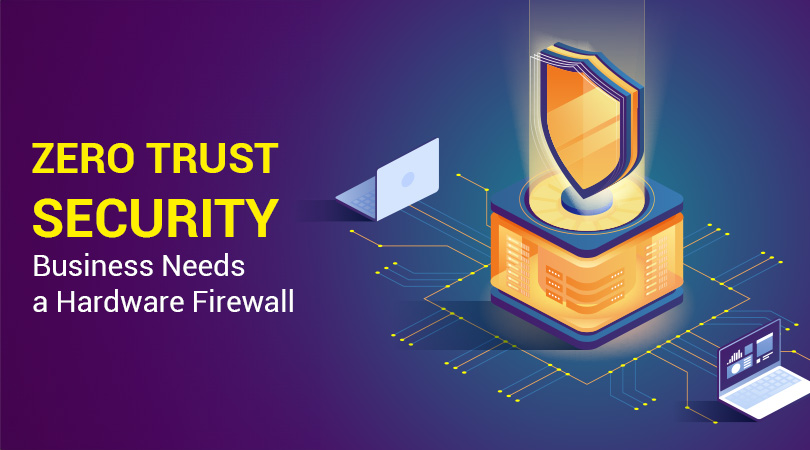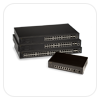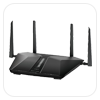
The traditional security model just isn’t sufficient anymore! It’s no longer acceptable to assume that everything inside the digital network is acceptable. It has become painfully obvious that an entirely new way of thinking needs to be developed. We have moved into what is called the Zero Trust security framework, a totally different way of thinking in terms of security in which you “never trust, always verify.”
Essentially, Zero Trust is not a product; it is a notion, a set of guiding principles that define how security should happen. In its most basic form, Zero Trust considers both internal and external threats. It assumes that every user, device, application, and network flow is a threat until they are proven otherwise.
Core Principles
The Zero Trust model may look different depending on how it is implemented, but generally consists of many core principles:
Assume Breach: This is a core mindset. Assume that attackers are already, or will eventually be, inside the network. This helps in adopting a proactive and ongoing verification mindset.
Explicit Verification: All users, devices, applications, and requests to access the network will be explicitly verified, including MFA, device health, and contextual policies.
Least Privilege Access: Users and applications will only be allowed the least amount of privilege necessary to complete their tasks. When bad actors compromise an account, they have less access and fewer preparations to do.
Microsegmentation: The network is broken down into isolated, smaller zones. This reduces the “blast radius” of a security breach, wherein an attacker can rapidly move laterally across the network.
Data-Centric Security: The security model is focused on the data itself, independent of its location. This includes data encryption, data classification, and access control policies.
Continuous Monitoring and Validation: Security controls are ongoing, and the environment has to continue to be monitored for malicious and suspicious activity, and access privileges will be continuously validated.
Layers are Necessary in Zero Trust: It also requires a hardware firewall
When implementing a comprehensive Zero Trust architecture, a layered approach features multiple security tools and technologies. While endpoint detection and response (EDR), identity and access management (IAM), and microsegmentation tools play a critical part, a hardware firewall is still a necessary security capability.
So, why is a hardware firewall so important to the Zero Trust landscape?
The First Line of Defense and Evident Verification at the Network Perimeter: In a “never trust” framework, even when you are promoting user behavior verification expectations and modest enhancement of the whole network security stack, you will need to examine the traffic at the network perimeter. A hardware firewall initially acts as an effective gatekeeper. It has basic access controls assigned to individual end users, but even more importantly, it has stateful packet inspection capabilities. Although after the perimeter, if Zero Trust is instituted properly, the user and caused action must be verified further, the firewall is the first layer of explicit network verification of an external connection. It can block IPs that are already known to be malicious, inspect and block by protocol definition, and, before the external user even accesses the organization’s resources, block entry attempts that are outside of the baselines established on the outward connection.
Maintaining Microsegmentation at the Network Level: Hardware firewalls are effective at implementing and enforcing network segmentation. By specifying rules that control traffic between segments of the network (i.e., the finance department’s network and the marketing department’s network), hardware firewalls play an important role in microsegmentation. This precludes lateral movement, which is one of the primary behaviors leveraged by attackers after accessing the network. If any one segment is breached, the firewall prevents that attacker from pivoting into other sensitive parts of the network quickly.
Performance and Reliability of Hardware: Hardware firewalls are purpose-built security devices that include dedicated processing power to ensure efficient inspection of network traffic. So, hardware firewalls will typically operate faster than software firewalls (with lower latency). In a Zero Trust environment, where all connections must be scanned, performance is critical when attempting to prevent bottlenecks and provide a nice user experience. Finally, hardware firewalls are generally longer-lasting and harder to tamper with if an internal system is compromised.
Adding to Software Controls: Hardware firewalls will operate along with other Zero Trust elements and controls. For example, EDR will focus on the endpoint, and IAM will manage your user identities, while a hardware firewall will enforce a network policy to complement those controls. It may block traffic to or from any infected endpoint EDR is seeing, or in a different example, might be used to implement network access policy decisions based on the user identity controlled by the IAM system.
Visibility Logging at the Network Edge: Hardware firewalls are an excellent opportunity to gain visibility into what network traffic is entering and leaving a bounded space. Logging done by firewalls is also useful in security monitoring, threat analysis, or incident response, all three important elements of a Zero Trust approach that expects continuous monitoring and validation.
Answering the “Why Still a Firewall?” in Zero Trust
It is possible to argue that in an authentic Zero Trust world, traditional firewalls are singularly less relevant because the scrutiny is shifted inside your organization. However, this argument ignores the realities of network infrastructure, but more importantly, it ignores the layering of security.
There is a shift to emphasize internal verification inside the Zero Trust framework because organizations do not want to open their own trust liability in a totally unsecured farmland network, which remains too arduous. The hardware firewall does provide baseline protection against outsider threats:
- Hardware firewalls for network segmentation form an integral building block to limit breach impact, no matter where it happens.
- Hardware’s reliability and performance, which are dedicated solely to perimeter control, are still significant positive elements.
Conclusion: The Synergy of Hardware Firewalls in Zero Trust
The idea of Zero Trust security is not to throw away traditional security tools, but to use them again, in a new and more stringent framework. A hardware firewall, both because of its ability to control network traffic at the perimeter and segmentation, remains a foundational layer in an effective Zero Trust architecture.
The “never trust, always verify” idea of Zero Trust, paired with the aggressive and potentially robust network control provided by a hardware firewall, allows businesses to develop an adaptable and resilient security posture capable of defending against the ever-changing threat environment. In the journey towards Zero Trust, a hardware firewall is not a relic of the past; it is a foundational stone in a more secure future.
















































































































